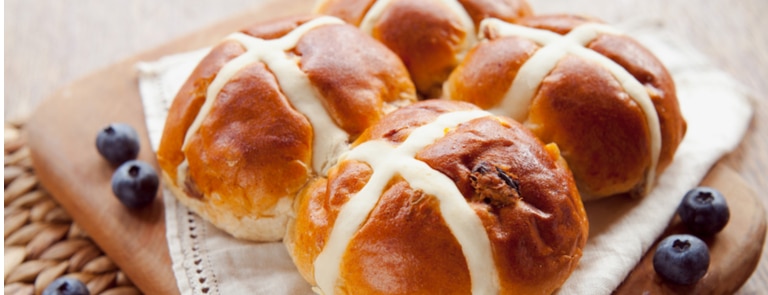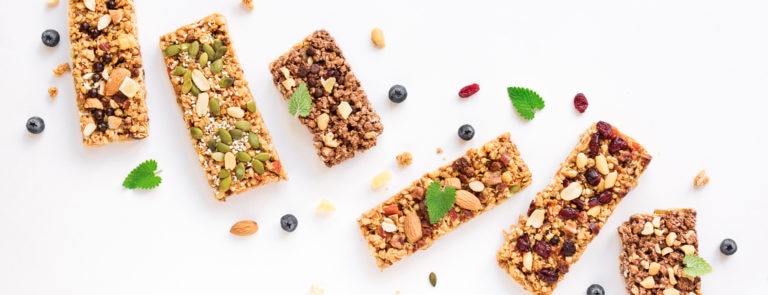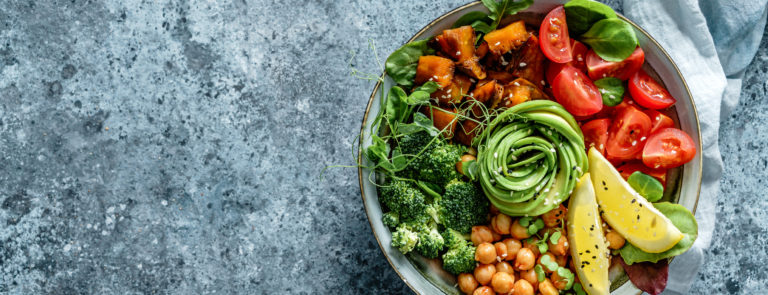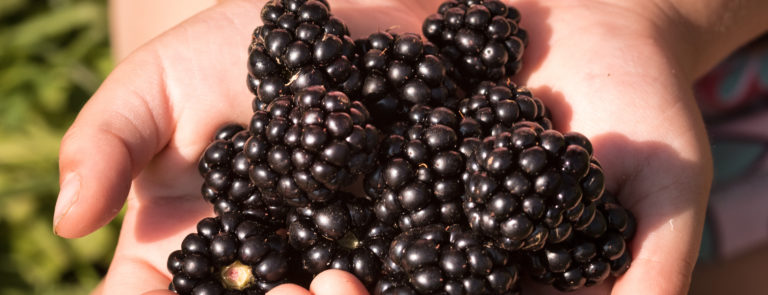15% off €35 OR 20% off €45
Sourdough hot cross buns recipe

Hot cross buns are a sure sign that Spring’s almost here, and so too is Easter, as they’re traditionally eaten on Good Friday in the UK to mark the end of Lent. A whopping 20 million of them are reportedly sold during Easter week in the UK alone.1
You can buy them or if you’re a bit of a baker, you can have a go at making your own hot cross buns. If you’re planning on doing the latter, then keep reading for our sourdough hot cross buns recipe, which provides a sourdough twist on the traditional recipe.
But before we get to the recipe, let’s get the lowdown on hot cross buns….
What are hot cross buns?
They’re yeasted sweet buns that are lightly spiced and studded with raisins or currants, then marked on top with a cross that’s either piped in icing or etched into the dough. 2
Traditional hot cross bun recipes contain raisins or currants, but more ‘modern’ recipes, include lots of other ingredients, such as Belgian chocolate pieces, and flavour combos, such as apple and cinnamon, white chocolate and caramel. You can even get savoury versions, such as cheese and tomato.
While hot cross buns tend to be promoted more in the lead up to and during Easter (hence the reason why they can also be called Easter buns) they’re something that can be enjoyed all-year round.
Hot cross buns history
Believe it or not, these sticky little buns have a long old history that contains a mixture of different tales and myths.
The Saxons reportedly ate buns marked with crosses in honour of Eostre, the goddess of spring or light, who gave her name to Easter. It’s also thought the Druids, Phoenicians, Greeks and Romans ate these ‘sacred cakes’ in honour of Diana, the goddess of the hunt and the moon.3
Some buns were marked with the image of deer or ox horns, and others a cross to signify the four quarters of the moon.
These days, hot cross buns are perhaps most widely associated with commemorating Good Friday within Christianity. The cross represents the crucifixions and the spices symbolise those used to embalm Jesus at his burial.
Are hot cross buns high in sugar?
It depends on what they’ve been made with and how large they are because some shop-bought hot cross buns have gotten larger over the years.
Historically, hot cross buns were made without milk because dairy was forbidden during the Christian period of Lent. But that’s not the case anymore; they can contain all sorts of ingredients, milk and sugar-loaded ingredients included.4
What you eat them with can also impact how sugary they are – e.g. chocolate spread or plain butter.
How many calories does a hot cross bun have?
Traditional, small non-fruit buns tend to contain fewer calories and less sugar. The smaller the bun, the smaller amount of carbs too.
Fruit varieties contain less sugar than chocolate etc. varieties. To give you an ideal of calories, a traditional hot cross bun with nothing on it contains around 200 calories. Meanwhile, one with chocolate throughout contains an additional 150 calories.
While we’re on the subject of calories and nutritional value, you may have spotted that the recipe below is for hot cross buns made from sourdough bread.5
Sourdough is a leavened bread, which means the dough naturally rises due to gas that’s produced as the grain ferments. While most commercial breads use baker’s yeast as the raising agent, sourdough is made using a sourdough starter.
Nutritional profile
A typical 100g portion (approximately two slices) of sourdough contains6:
| Energy | Protein | Fat | Carbs | Fibre | Salt |
|---|---|---|---|---|---|
| 230kcal / 974KJ | 7.8g | 0.7g | 47g | 2.9g | 0.81g |
Health benefits of sourdough
Sourdough bread is considered as being a great alternative to conventional bread. This is due to the fact it contains lower phytate levels, making it more nutritious and easier for the body to digest.
Sourdough has a variety of benefits for the body, including7:
-
Good gut health
As the dough develops, so do the fibre and plant compounds, which are an important fuel source of our gut microbes, making it a gut-friendly bread.
-
Balanced blood sugar
The fermentation process and higher fibre content means sourdough, unlike many commercially-produced breads, causes less of a spike in blood sugar levels.
-
Reduced bloating
The long and slow fermentation process really breaks down the carbohydrates in the wheat. This means your digestive system doesn’t have to work so hard to process the carbs, leading to fewer gas and bloating issues. 8
-
Greater nutrition
The sourdough fermentation process is believed to be able to improve the bioavailability of fibre and minerals. This is due to the fact phytic acid, which is a compound naturally present in grains, is broken down, giving us better access to grain nutrients.
How should you eat hot cross buns?
There’s no right or wrong way to eat hot cross buns, it purely depends on what you prefer. You can eat them cold, or heavily or lightly toasted and top them with as many or few topping as you like.
Some common hot cross buns toppings, include butter or margarine, chocolate spread, jam, peanut butter, bacon and cheese. While some people prefer them plain, just as they come.
Sourdough hot cross bun recipe
Makes: 12 hot cross buns9
Suitable for: Vegetarians (this recipe can also be gluten-free, if you use gluten-free flour)
Difficulty: Medium
Preparation time: 20 mins
Cooking time: 25 mins
Cooking equipment needed: Measuring scales, spoon, large mixing bowl, a separate bowl, baking sheet, carrier bag or cling film, piping bag, cooling rack.
Can they be frozen? Yes! You can freeze hot cross buns before baking and after baking. If freezing the buns after baking, let them cool completely and then put them into resealable bags or airtight containers for freezing. You can also freeze the unbaked dough too.
| Energy | 282kcal |
|---|---|
| Carbs | 54g |
| Protein | 6g |
| Fat | 4g |
| Saturated fat | 2g |
| Cholesterol | 22mg |
| Sodium | 284mg |
| Potassium | 128mg |
| Fibre | 1g |
| Sugar | 16g |
| Vitamin A | 1215IU |
| Vitamin C | 0.4mg |
| Calcium | 17mg |
| Iron | 0.9mg |
Ingredients
For the buns
- 500g strong bread flour (1lb 2oz/4 cups)
- 2-3 tsp mixed spice (pumpkin spice)
- ½ tsp ground nutmeg
- 60g golden caster sugar
- 1¼ tsp salt
- 50g butter, cut into cubes
- 125g sultanas
- 50g chopped mixed peel
- 1 egg, lightly beaten
- 100ml sourdough starter
- 200ml warm water
For the crosses
- 50 g plain flour
- Cold water to mix
For the glaze
- 25g golden caster sugar
- 50ml water
- ½ tsp mixed spice (pumpkin spice)
Method
1
To make the dough, put the flour and spices into a large mixing bowl and stir in the sugar and salt.
2
Rub in the butter with your fingertips, then stir in the sultanas and mixed peel. Make a well in the middle.
3
Drop the egg into the well and add the sourdough starter. Add most of the water.
4
Mix to a soft, slightly sticky dough, adding the remaining water if needed.
5
Turn out the dough and knead gently, until smooth and elastic and no longer sticky.
6
Place in a lightly-oiled bowl, turning to coat the dough in the oil. Cover and leave in a warm place to rise for about 12 hours.
7
Turn out and lightly knead again. Divide the dough into 12 and roll each piece into a ball. Place on a greased baking sheet about 2cm apart.
8
Slip the tray inside a large carrier bag or cover loosely with cling film, and leave in a warmish place for 10 to 12 hours or overnight until doubled in size.
9
Preheat the oven to 190℃/180℃ Fan/ gas mark 5.
10
To make the crosses, place the flour in a small bowl and stir in enough water to mix to a soft paste.
11
Spoon the mixture into a disposable piping bag. Pipe a cross on each bun.
12
Bake for 20 to 25 minutes until risen and golden.
13
While the hot cross buns are baking, prepare the glaze. Place the sugar and water in a small pan and heat gently, stirring until the sugar dissolves.
14
Once the buns are cooked, transfer them to a wire rack placed over a tray or baking sheet.
15
Brush the tops with the sugar glaze.
Hot cross buns are best eaten warm and on the day they’ve been made. However, they can be refreshed by putting them in the microwave for a few seconds to warm through. You can also toast them.
If you’re freezing yours, they’ll keep for up to two months. To defrost them, take them out of the freezer overnight and warm them in the oven at 180℃/170℃ fan/gas mark 4 for 5 minutes.
We hope you enjoy making your own batch of sourdough hot cross buns for Easter or all-year round! How do you prefer to eat yours?
Last updated: 16 March 2022
- https://www.stylist.co.uk/life/recipes/hot-cross-buns-best-fillings-toppings-tips-recipes-easter/261888
- https://www.thekitchn.com/heres-why-we-eat-hot-cross-buns-at-easter-holiday-traditions-at-the-kitchn-217463
- https://www.gourmettraveller.com.au/news/food-and-culture/the-history-of-the-hot-cross-bun-15667
- https://www.gourmettraveller.com.au/news/food-and-culture/the-history-of-the-hot-cross-bun-15667
- https://coach.nine.com.au/diet/how-to-choose-the-healthiest-hot-cross-buns-this-easter/baf4c05a-c544-4c6a-814d-54d9aa8c1935
- https://www.bbcgoodfood.com/howto/guide/health-benefits-sourdough
- https://www.bbcgoodfood.com/howto/guide/health-benefits-sourdough
- https://www.well-well-well.co.uk/4-great-reasons-to-eat-sourdough
- https://www.recipesmadeeasy.co.uk/sourdough-hot-cross-buns/



